The final exhibit opening at Light Pavilion in 2016 brought us two series of photographs by artist Liu Zhangbolong: Laboratories and Traces. These works are closely connected with places that the artist visited between 2012 and 2014. In Traces, they include classrooms, studios, residences, as well as the Metropolitan Museum of Art that he frequented; in Laboratories, scenes from universities in both China and the U.S. are included, including science laboratories and offices at CUNY, Columbia University, MIT, and Tsinghua University in Beijing. These locations are also reflected in the title of each work, denoting spaces that are directly or indirectly connected to the production and dissemination of knowledge.
Before becoming an artist, Liu Zhangbolong was a student of science. He graduated with a degree in Material Science and Engineering from the prestigious Tsinghua University, receiving professional training in scientific inquiry. As an aspiring scientist, Liu was familiar with the lab environment and the process behind scientific research and academia. Those experiences nurtured in him a special sensibility that balances science and art. The laboratories depicted in Liu’s photographs are very different from the monotonous spaces we would normally imagine: he elevates certain moments to invoke a sense of wonder and beauty, as images of apparatuses, lab benches, and pipes create rich compositions from lines, shapes, colors, and contrast, forming a rhythm that is as delightful as Kandinsky’s abstract paintings. The medium of photography captures the mysterious material existence and preserves the physicality of these artifacts. Here, Liu as scientist and Liu as artist meet: he is researcher and observer, but also creator and mediator. On one hand, the exotic shimmer on scientific apparatuses evoke our curiosity; on the other hand, the humor behind the clever compositions dilute the distance and foreignness of these spaces. Liu had described this work as a “science fetish”, as science can become fetishized just like anything else (including ACG subculture, Disney, Kokaku Kidota, as well as the Shijingshan Amusement Park, which both Liu and the curator are obsessed with). Once (and still), laboratories represented something out of bounds: knowledge, especially the highly specialized scientific knowledge produced in laboratories, was guarded as sacred and defended as law. Liu, however, described then as objects that could be flattened, replaced, and intervened with: if we see science as an orderly system of discourse that is deployed and organized by power, then laboratories, not unlike museums, are constantly producing their own sort of modern narrative – just with different methods of encoding and decoding. In this sense, Liu and his photography has planted a seed of uncertainty outside the perceived order. In the classical proposition of quantum physics, if we were to describe the trajectory of a photon, any act of measurement is act of disturbance that alters the entire system – similarly, Liu’s lens does not simply skim the surface of the established order of knowledge and power within science or art, but punctures the image and visual order of objects and words themselves. Photography can become an act and an event if we borrow a little from the neighboring field of science.
In the other series, Traces, Liu finds a different way to reverse the established order of power and knowledge in modernity. Although some private spaces of artists are depicted in this series, such as bedrooms, the majority of spaces belong to the establishment of knowledge, including galleries in the Metropolitan Museum of Art, classrooms in universities, and libraries. Although these spaces belong to different disciplines, they share in the privilege of knowledge and narrative. If the Laboratories series had developed the visual aspects of scientific fetish to an extreme, Traces is instead about abstinence and the elimination of objects, evoking a sort of Zen in its emptiness. This series is also comprised of scenes without people, but its form and composition has filtered out unnecessary objects and even depth at times, distilled down to flat blocks and bands of color. This visual vocabulary is distinct from the foreign shapes, complex structures, artificial lighting, and futuristic machines seen in the Laboratories series. What Traces seeks to preserve is the invisible and even the “nonexistent”: in the museum, the display has been removed and a jarring void is left behind, along with nail holes after the displacement of a placard; in the library, a discolored old book has been opened and a blank space on the page suggests the former existence of an illustration; in a classroom, writing on the blackboard has been erased, but traces of the text remain amidst the white swirls and evidence of violence on the board. These disappearances and traces suggest the fall of multiple realities. This series could be seen as an addendum to the humor in Laboratories: from scientific research facilities that have restricted access, to public museums that promote a singular narrative of history, between the poles of complexity and sparseness, within private corners and established disciplinary boundaries, Liu’s photographs interprets established order as a kaleidoscope with dazzling color, choreographed through the movement and stasis of his lens. If science once produced a sort of knowledge with a capital K, Liu has, with his art, coaxed science to remove its robe – revealing a joyful science and knowledge that belongs to the future and to the new humankind. As Nietzsche wrote in The Joyful Wisdom (Die Frohliche Wissenshaft), one is bound by one’s own perspective when engaging with thought and analysis, and thus cannot transcend oneself. “The world, on the contrary, has once more become ‘infinite’ to us: in so far we cannot dismiss the possibility that it contains infinite interpretations.” But here, a joyful knowledge emerges outside the boundaries of cause and effect, embracing an inherently uncertain world through its rhythm and affirmation of an open attitude.
Liu Zhangbolong was born in Beijing in 1989. He graduated from Tsinghua University with a BE degree in Materials Science and Engineering in 2012, later pursued his postgraduate study at School of Visual Arts in New York and obtained a MFA degree in Photography, Video and Related Media. He lives and works in New York and Beijing currently.
| Light Pavilion Project |
As a site for individual project, “Light Pavilion” is initiated in 2012, based on the second floor of Taikang Space. It aims at providing a flexible platform for artists to realize their ambitions. After an interval of two years, “Light Pavilion” is restarted in 2016, embracing a vision always open to uncertainty, complicity and detournement. It’s not only a site for sensational immersion and experiential evocation but also a forum dedicated to diversity and otherness.
*Exhibition poster and press release:
 Press release
Press release Exhibition poster
Exhibition poster

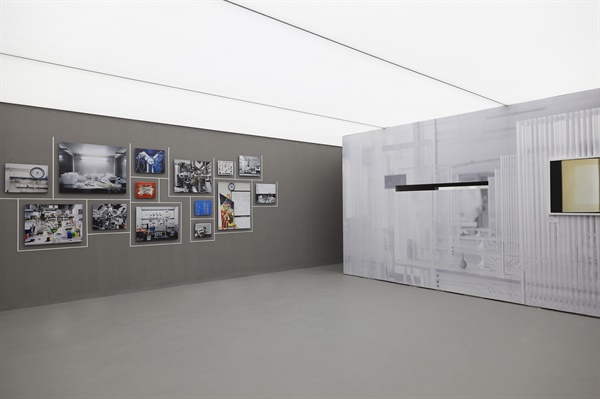 Installation View
Installation View Installation View
Installation View Installation View
Installation View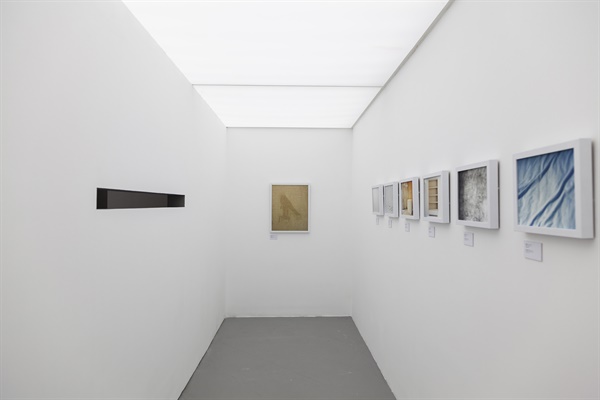 Installation View
Installation View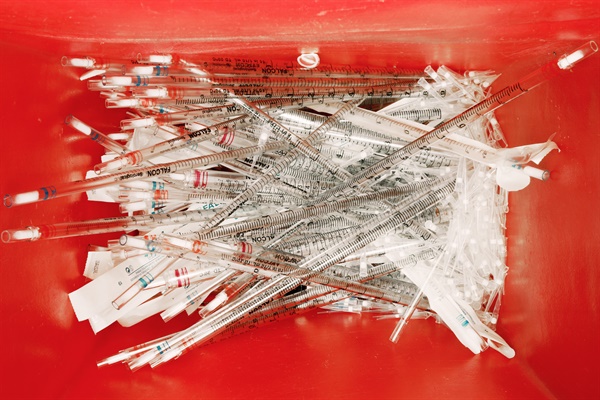 Columbia University-2, New York, Archival Inkjet Print, 2013, Detail
Columbia University-2, New York, Archival Inkjet Print, 2013, Detail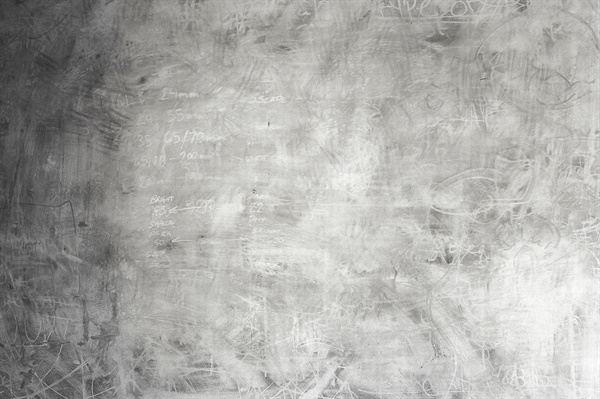 Classroom-2, New York, Archival Inkjet Print, 2012, Detail
Classroom-2, New York, Archival Inkjet Print, 2012, Detail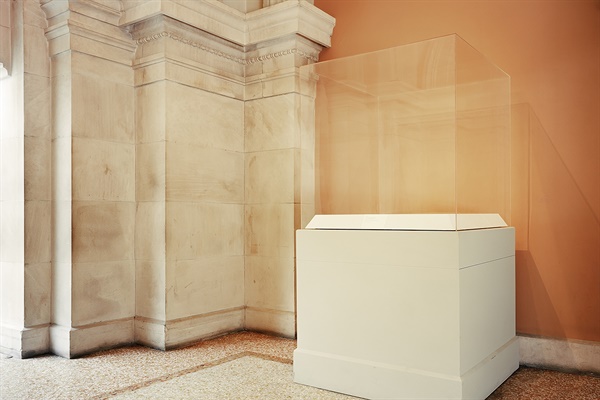 Metropolitan Museum of Art-3, New York, Archival Inkjet Print, 2013, Detail
Metropolitan Museum of Art-3, New York, Archival Inkjet Print, 2013, Detail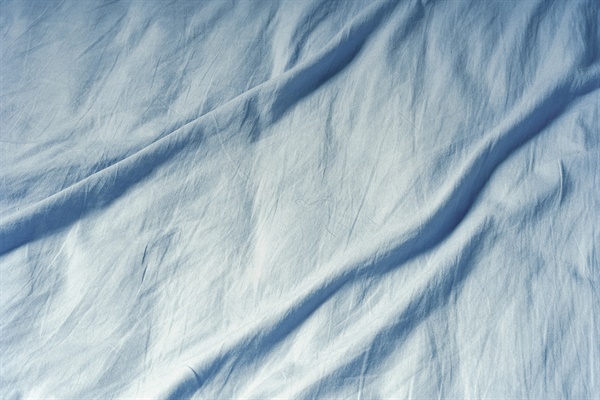 Bedroom-3, New York, Archival Inkjet Print, 2013, Detail
Bedroom-3, New York, Archival Inkjet Print, 2013, Detail





